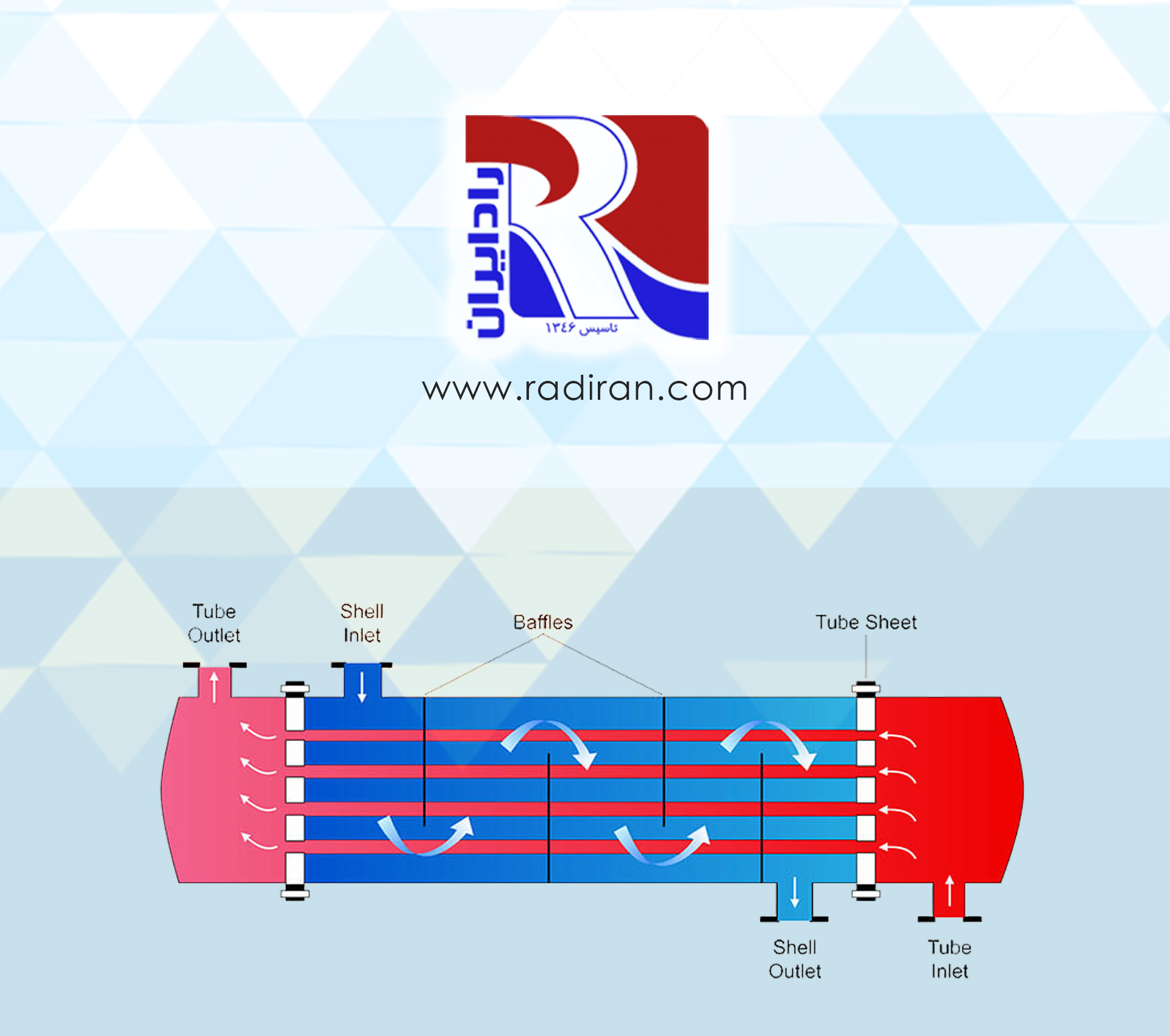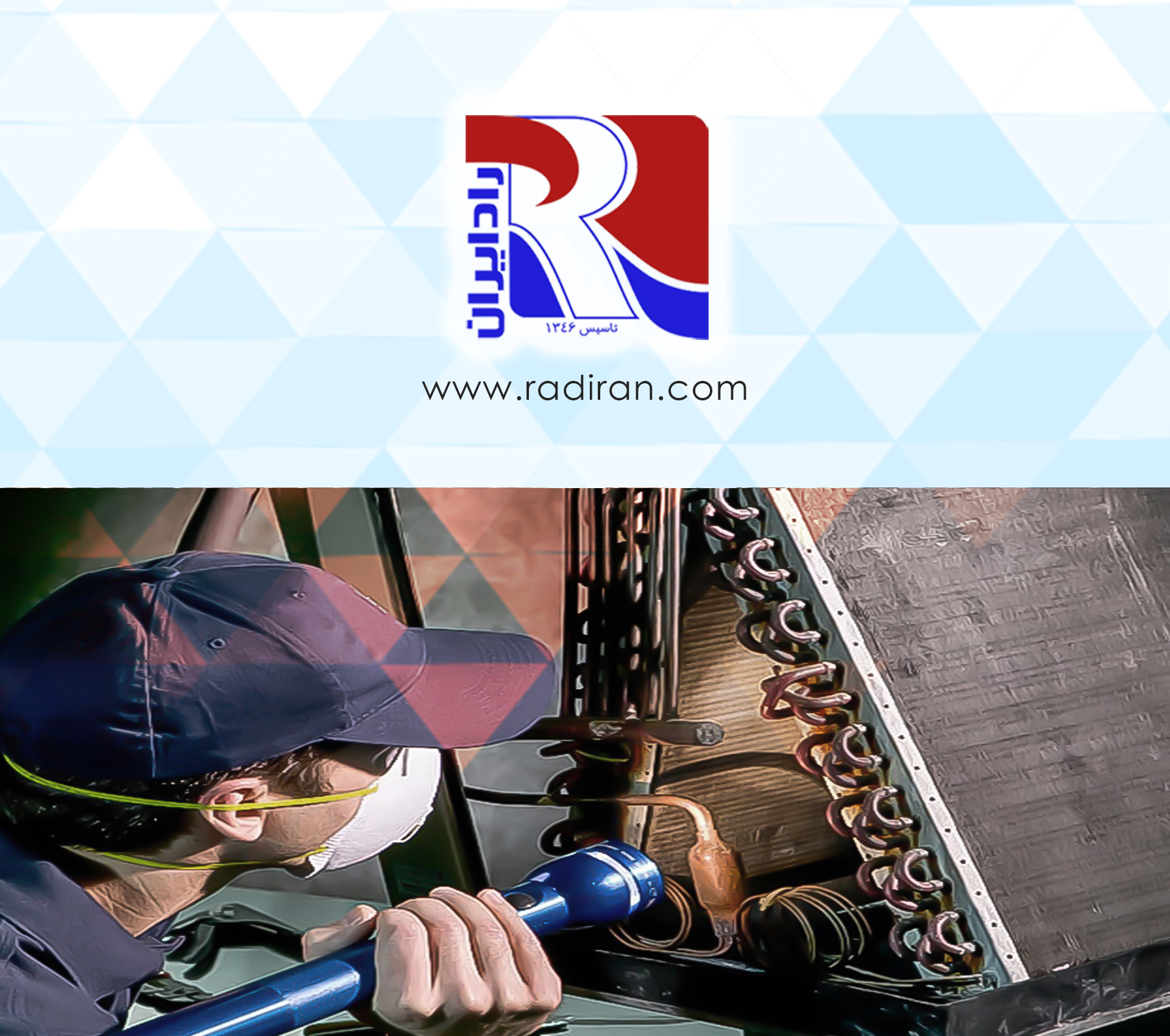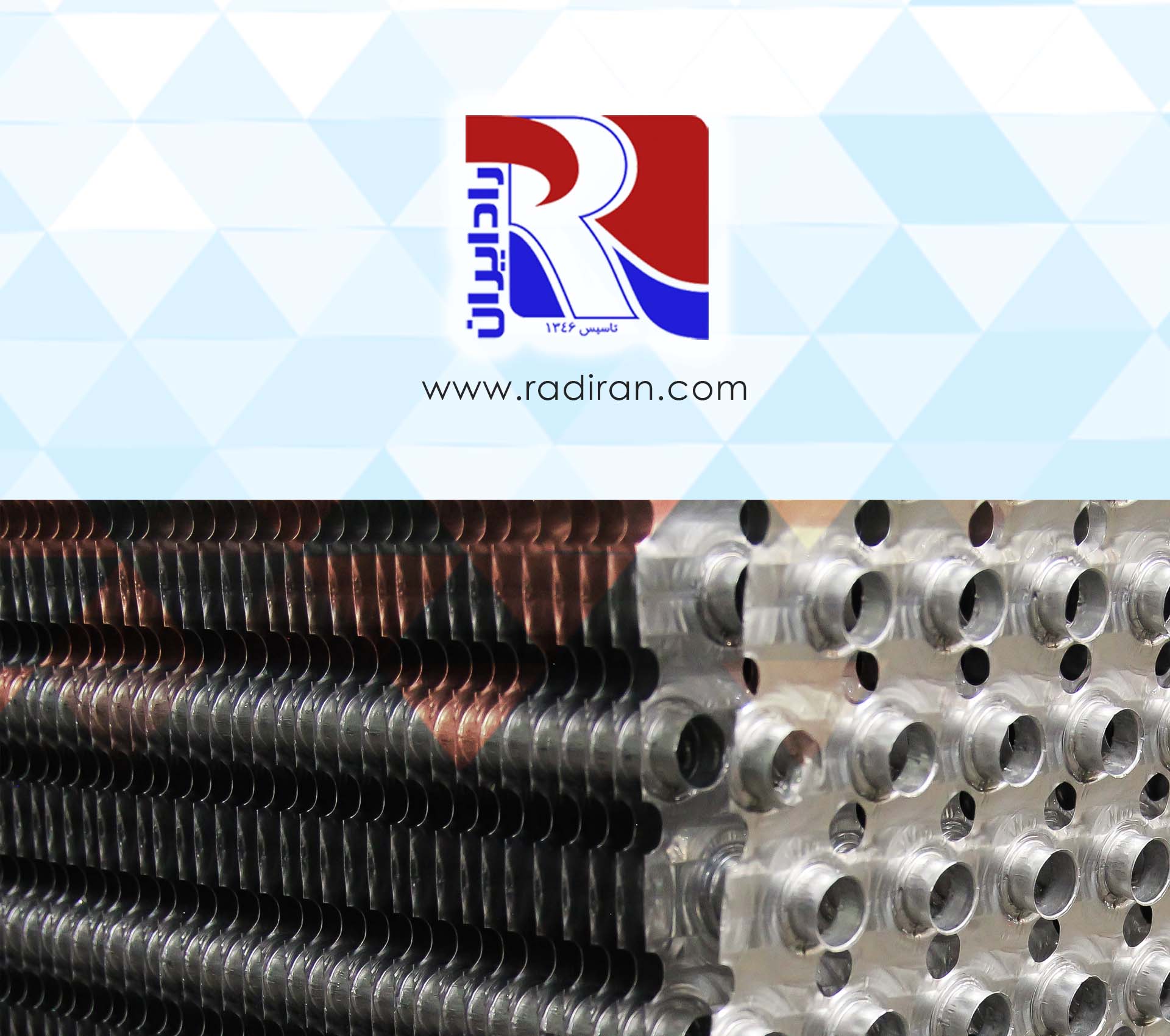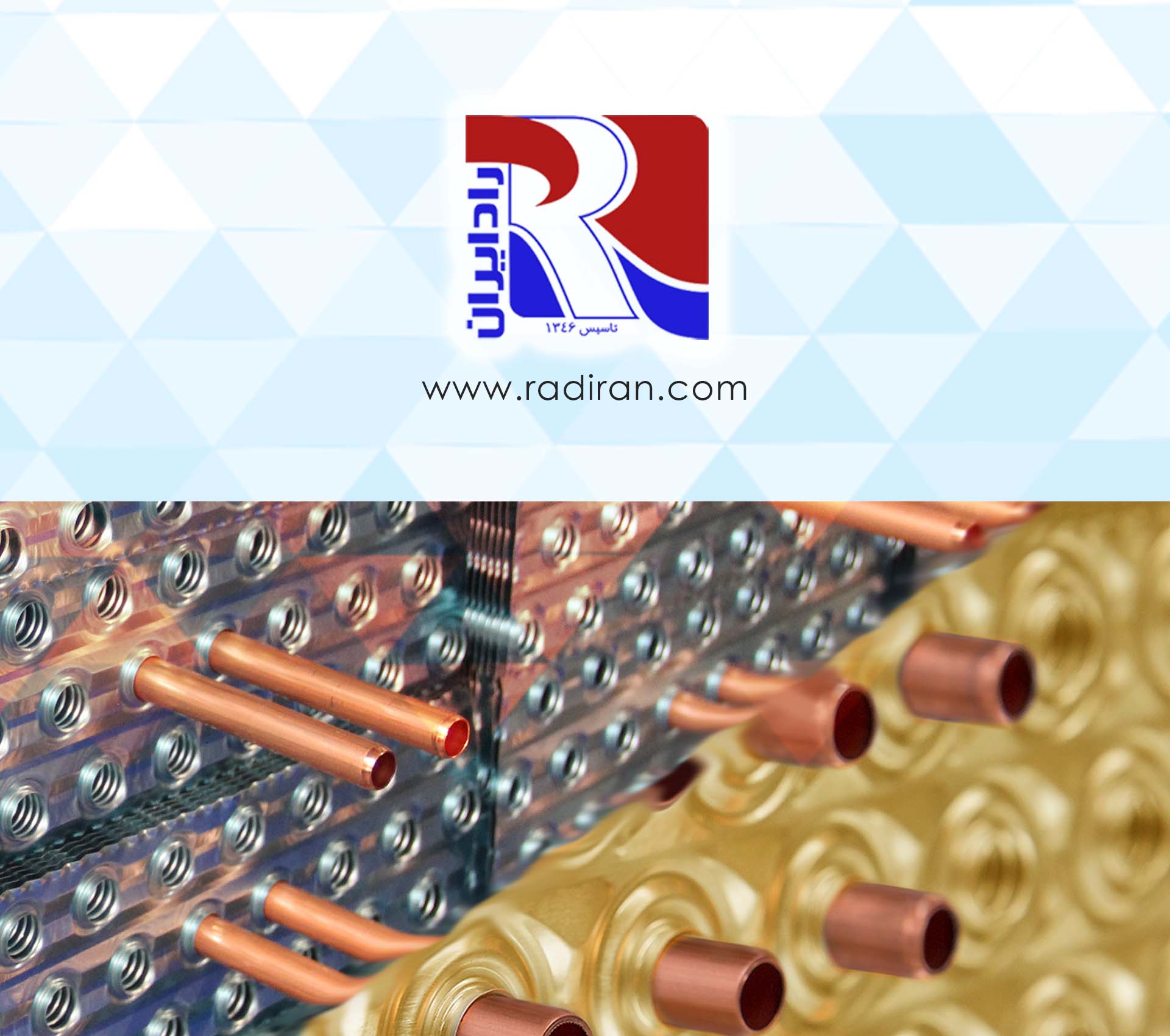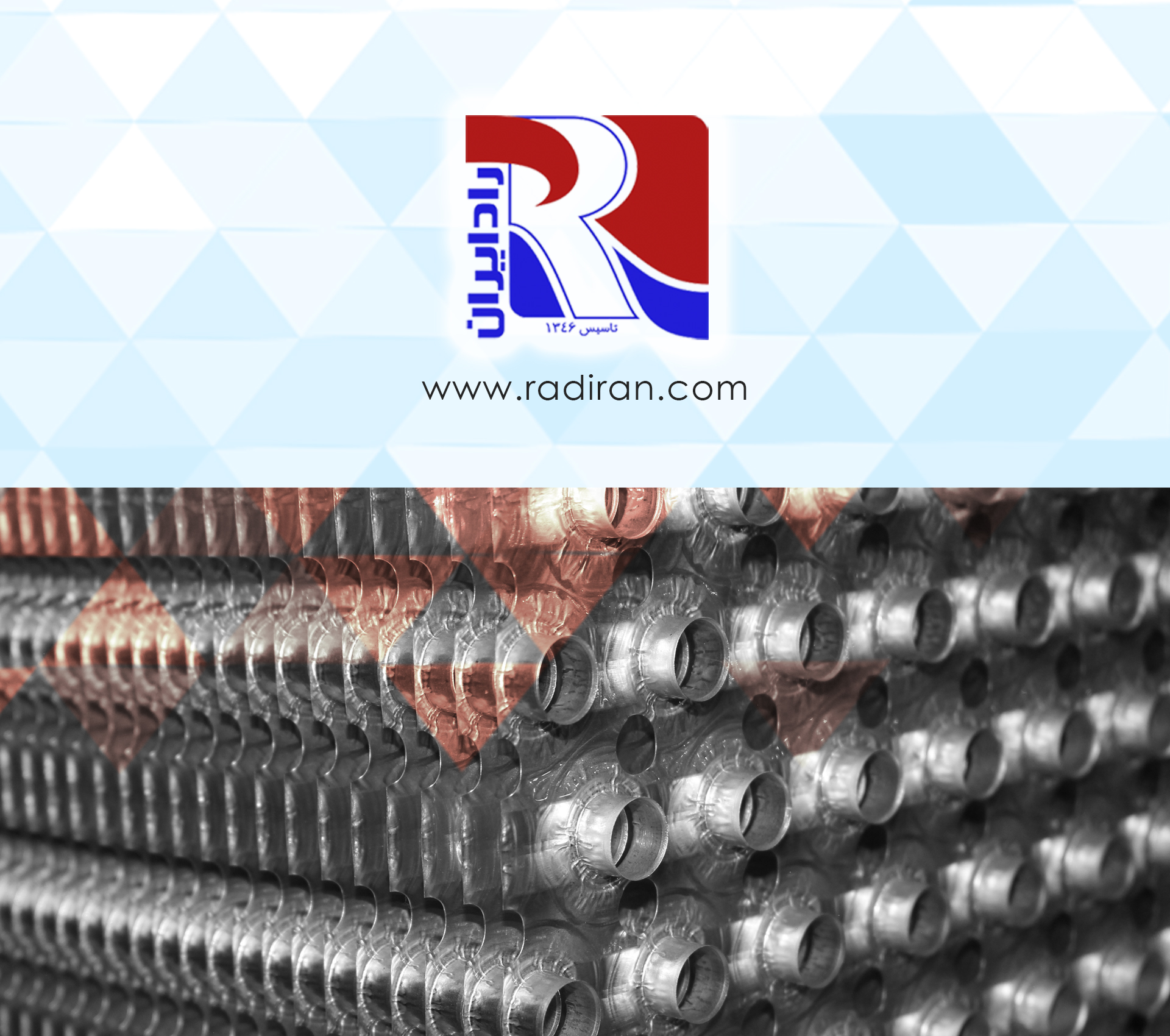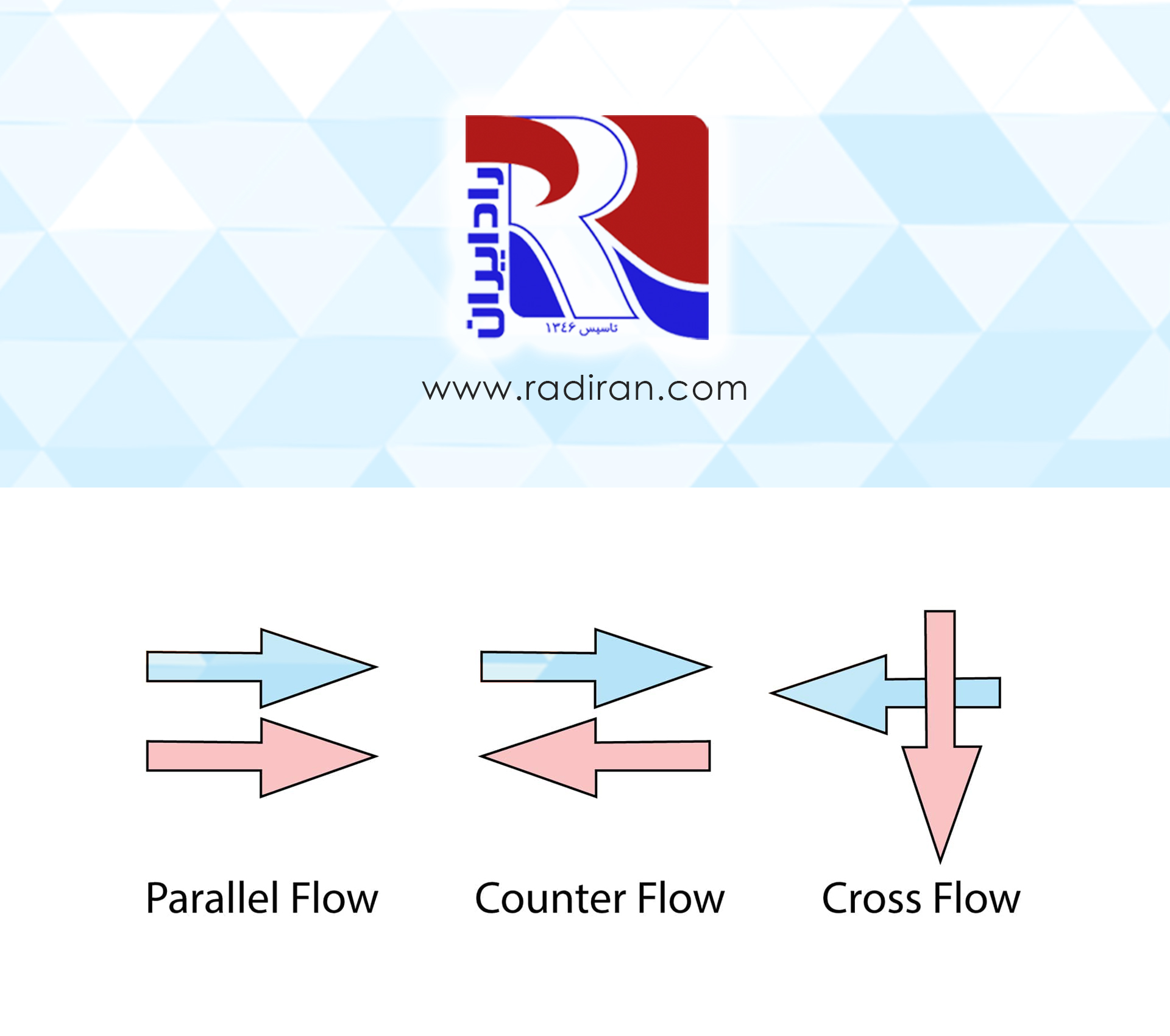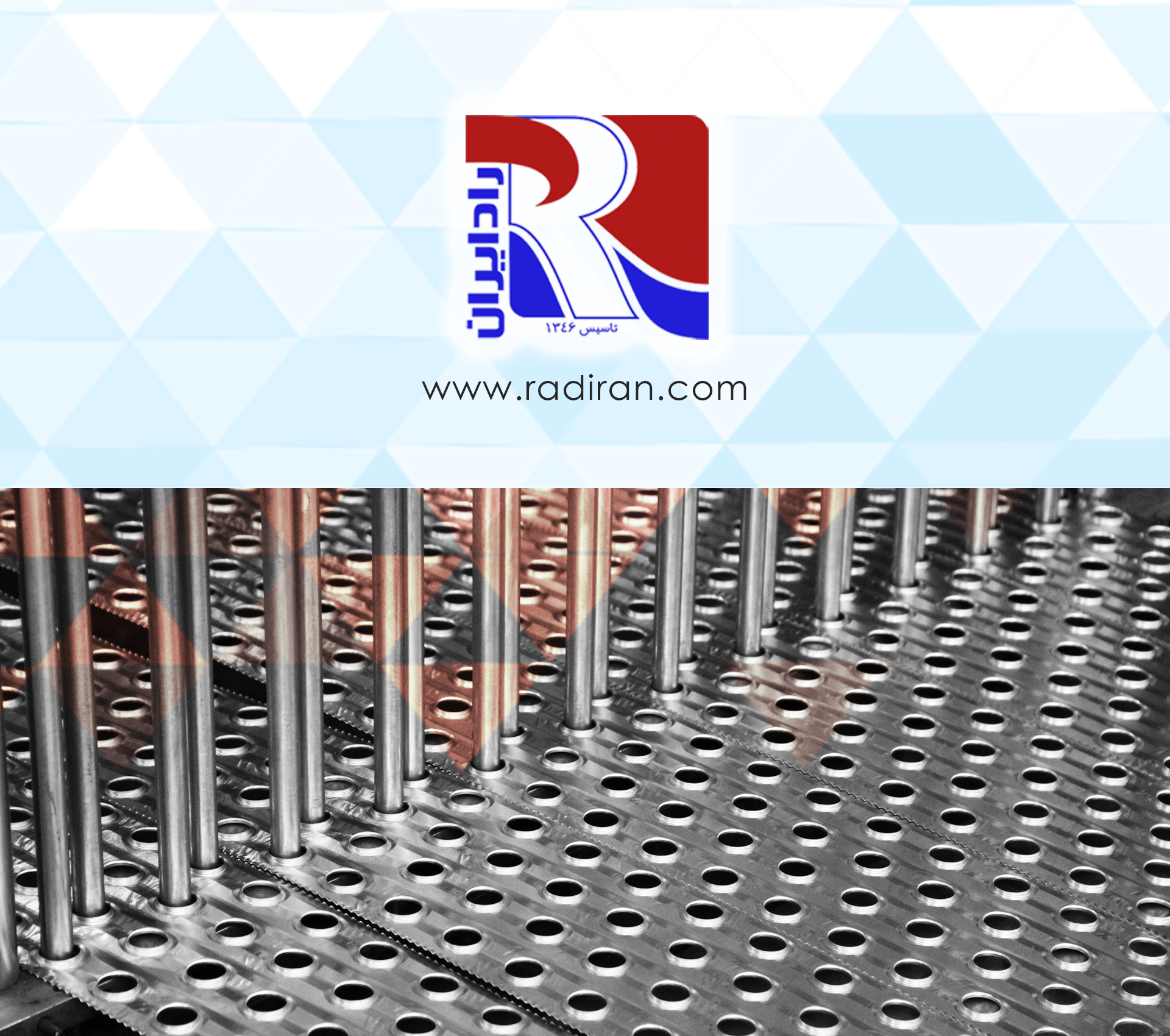Effect of Fins Per Inch (FPI) in Fin-Tube Coils on Thermal Efficiency and Pressure Drop
Fins per inch (FPI) is a key design parameter in fin tube coils that directly affects heat transfer performance and airside pressure drop. Increasing FPI means more fins per unit length; this change brings both benefits and trade offs. Effect on Thermal Efficiency • Increased heat transfer area: Higher FPI increases the total fin surface area in contact with air, typically raising the overall heat transfer capacity of the coil. • Improved boundary layer disruption: More fins create more frequent air–metal interfaces, which...


